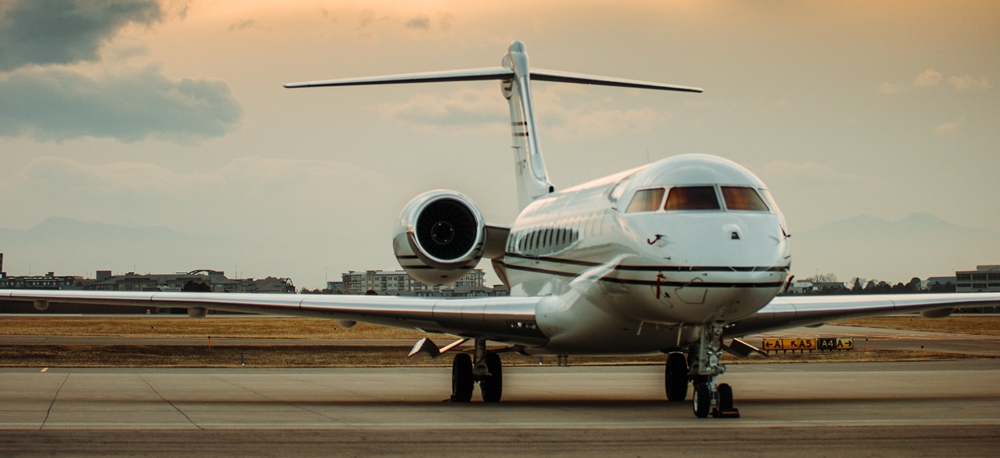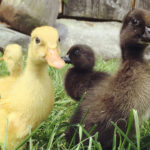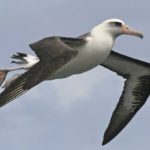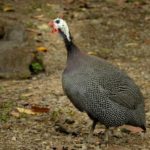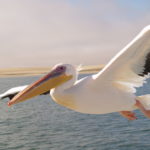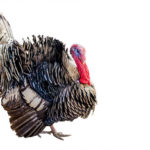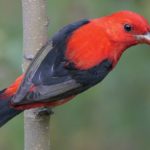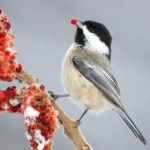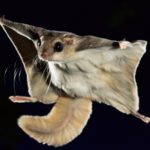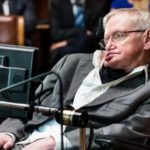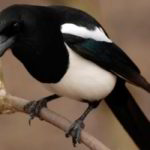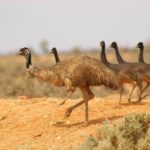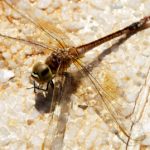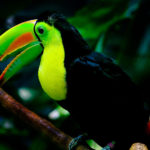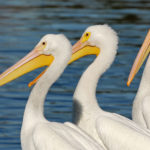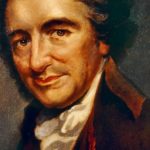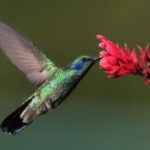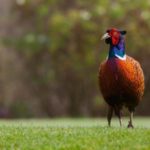Interesting information about airplanes for kids
Man has long envied birds for their ability to fly freely through the air. At first, men tried to fly by attaching artificial wings to their arms and flapping them. But their muscles were not strong enough for the task.
It was the English scientist Sir George Cayley who first proposed in the early 1800’s that a flying machine should be designed as a bird with fixed wings. In 1903, two American brothers, Wilbur and Orville Wright, built a flimsy machine of wood, cloth, and wire which was powered by a gasoline engine. On December 17, Orville made the first powered flight in their twelve-horsepower, heavier-than-air machine on a deserted beach at Kitty Hawk, North Carolina. After the Wrights had given demonstrations in Europe in 1908, airplane development was rapid. In 1909, Louis Bleriot flew the English Channel. Airplanes were used widely in the First World War (1914-18), first for reconnaissance and then for fighting. Machine guns were mounted in the nose, and bombs were dropped by hand. Most airplanes were biplanes – they had two wings, one above the other.
High-speed fighter airplanes such as the Spitfire and heavy bombers such as the Flying Fortress played a vital role in the Second World War (1939-45). By the end of the war, both the Germans and the British had developed jet airplanes. In 1947, a rocket-powered airplane, the American Bell XS-1, flew faster than the speed of sound. In 1952, the first jet airliner – the British Comet – went into regular service. Today, fighter airplanes that travel at more than twice the speed of sound serve in the world’s air forces. Some airlines, too, are designed for such supersonic speeds.
To be able to fly, an airplane must in some way lift itself off the ground against the Earth’s gravity. This lift is produced by the movement of air over the airplane’s wings. The wings have a special cross-sectional shape, called an airfoil, to produce lift. The airfoil is sharply curved at the top and fairly flat at the bottom. Air passing over the top surface travels faster than the air beneath because it has farther to go. This means that the air pressure above the wing is less than that below it. The suction produced in this way lifts the wing. The lift is increased by angling the wing upwards slightly. This angle is called the angle of incidence.
The thrust, or force, needed to push the airplane forward through the air comes either from a propeller or from a jet engine. Propeller blades have a cambered shape, too, and the suction created ‘pulls’ the propeller along. In a jet, the thrust comes from the reaction to hot gases rushing backward from the engine. The reaction is generated against the rate of change of momentum between the cold gases entering the engine and the hot gases leaving the engine at high velocity. The extra energy is provided by the combustion of a fuel in the combustion chambers. This thrust is always opposed by the resistance, or drag, of the air on the airplane body. Drag is] reduced by building a smooth, streamlined body. For high-speed flight, the wings are swept back from the body to reduce drag.
Interesting information about airplanes engines for kids
Most airplanes today are powered by jet engines. But some are still driven by propellers powered by piston engines using gasoline. These engines work in much the same way as automobile engines but have different cylinder arrangements and may be air-cooled. Jet engines produce much more power than piston engines of the same weight. They use a cheaper fuel (kerosene), too, but burn it at an enormous rate – 1,000 gallons an hour or more. The most widely used jet engine is the turbojet. Air is sucked in and compressed by a special kind of fan called a compressor. The compressed air is then forced into combustion chambers where it is mixed with fuel and burned. The hot gases produced escape at high speed from the engine’s exhaust to produce thrust. Before the gases escape, they spin the blades on a turbine that drives the compressor. For this reason, this engine is called a gas turbine engine. The turboprop is similar in general design to the turbojet, but most of the thrust comes from a propeller-driven by the turbine.
Later engines have two sets of compressors driven by two separate turbines. They are called two-spool engines. The by-pass turbojet engine is similar to the two-spool type but some of the air from the front compressor goes directly to the exhaust and makes the engine more efficient. The ramjet is the simplest jet of all but works only at high speeds. It is basically a long tube through which air is forced. Fuel is sprayed into the air stream and burned. The pulsejet is similar, but it has valves that close the air intake while the fuel is burned. Burning is therefore not continuous but in “pulses”. This was the engine used in the V-l rockets used by the Germans to bomb London in the Second World War.
Interesting information about airplanes parts for kids
The main part of the airplane body is the fuselage. At the front end is the cockpit, which houses the instruments and controls for the airplane. Behind is the passenger cabin. In most airplanes, the fuselage is pressurized to make up for the decrease in air pressure when flying at high altitudes (30-40,000 feet). The wings are attached to the fuselage. Sections of the trailing (rear) edges of the wings, called ailerons, are hinged. They can be moved up and down to cause the airplane to tilt, or bank. Next to the ailerons are movable sections called flaps, which help to increase lift at low speeds and also act as air brakes.
At the rear of the airplane is the tail, which steadies the craft and helps to control its flight. Moving a rudder at the rear of the upright tail fin turns the airplane to the left or right. Moving elevators at the rear of the horizontal tailplane control the up-and-down movement of the airplane. The pilot controls the airplane from the cockpit. He has a steering wheel or column which he moves back and forth to control the elevators or from side to side to control the ailerons. He controls the rudder by foot pedals.
A wide variety of dials and warning lights in the cockpit keep the pilot informed about how the various systems in the airplane are working, whether he is on the course, and so on. The main flight instruments are an altimeter to show the altitude, an air-speed indicator, and a compass to indicate direction. There are a variety of instruments for navigation, too. An automatic pilot keeps the airplane on the course when the pilot leaves the controls. The airplane may also carry radar and other electronic equipment for making “blind” landings.
Planning, designing, and testing a new airplane takes many years. Designers test scale models of their airplanes in wind tunnels to find out how their airplanes will behave in real flight. They generally build full-size models, or “mock-ups” of wood to help them in detailed design and layout. Engineers test full-size parts of the airplanes on test rigs or in pressure tanks under conditions similar to those found in flight to see whether the parts are strong enough. Many of the parts are twisted and stressed until they break. One of the great problems to overcome is metal fatigue, which may occur after prolonged stress and vibration. The first airplane built, called a prototype, is tested thoroughly on the ground and in-flight before production begins.
Light alloys are used for the metal skeleton of ribs and spars that form the framework of the airplane. The surface skin over the skeleton is made up of thin alloy sheets joined together. Aluminum alloys are widely used in airplane construction because of their lightness.
